This new further prototype code implements artificial scarcity in a hypothetical Mandelbrot set based cryptocurrency. Cryptocurrencies need artificial scarcity, and requiring proof of effort via a concept known as "proof-of-work" to prevent currency debasement. The proof-of-work is solving hard mathematical puzzles that take time and energy like mining rare metals, in this case is mapping Mandelbrot ASCII art, the scarcity elements come directly from computational resources, which are used to dream in a sea of infinite mathematical novelty.
Thus making each coin minted by Proof-of-novelty instead and generating more than just a hash, completely original ASCII Mandelbrot fractal snapshots. Computational resources such as of memory, and time will be needed to create the coins and a museum dedicated to the the beauty of the Mandelbrot and Julia sets. "XaosCoin" is its imaginary name in honor of my favorite and most worshipful fractal explorer program XaoS
Mathematical novelty as a currency of value is a brilliant idea, computers computing the fractal’s boundary with specific escape-time and novelty rich properties. Each minted proof-of-novelty unit of value is also tied to a unique digital Mandelbrot ASCII artwork, its unique visual fingerprint, and adding to the collection of a virtual fractal museum that will always keep growing.
This prototype Python scrypt can be run in a plain terminal of most operating systems, paste it and give it a minute to mine a coin. Its pure-terminal, pure-ASCII, pure-Python, dependency-free.
import hashlib
import time
import random
import statistics
# Configuration for visualization (adjust these!)
VIS_WIDTH = 160 # Visualization width
VIS_HEIGHT = 100 # Visualization height
VIS_MAX_ITER = 500 # Iterations for visualization detail (200–1000; higher = more detail, slower lower = less detail, faster)
VIS_ZOOM = 0.0005 # Zoom level for spirals (smaller = deeper, e.g., 0.0001)
# Configuration for mining (adjust these!)
MIN_GRID_SIZE = 40 # Grid size for PoW (20–50; higher = slower, more memory)
MIN_MAX_ITER = 1000 # Iterations for mining (500–2000; higher = slower, harder)
DIFFICULTY_PREFIX = '00' # Mining difficulty (e.g., '0' for ~1-5s, '000' for ~10-30s)
NOVELTY_THRESHOLD = 1200 # Minimum variance of escape times for a coordinate to be valid (500–2000)
# Interesting seed Mandelbrot points for initial randomization
INTERESTING_POINTS = [
(-0.749, 0.1), # Seahorse valley (classic spirals)
(-0.12, 0.65), # Spiral boundary
(0.25, 0.0), # Elephant valley (swirling patterns)
(-0.7092, 0.24445), # 13-arm spiral near Misiurewicz point
(-0.712, 0.2487), # Spiral-rich region
(-0.706835, 0.235839), # Period 13 bulb attachment
(0.274, -0.008), # Spiral features
(0, 1), # Spiral fiber rotation
(-2, 0), # Antenna tip spirals
(-0.75, 0.0), # Tendril lightning spirals
(-0.170337, -1.06506), # Lightning tendrils
(-0.761574, -0.0847596), # Spiral zoom
(-0.7746806106269039, -0.1374168856037867), # Deep boundary spirals
(-0.4, 0.3), # Converging spirals
(0.1, 0.6), # Irregular orbits
(0.35, 0.2), # Inward spirals
(-0.8, 0.1), # Spiral oscillation
(-0.55, 0.65), # Borderline spirals
(-0.75, 0.05), # Slow escape spirals
]
def mandelbrot_escape(c, max_iter):
"""Calculate escape time for a complex point c."""
try:
z = 0j
n = 0
while abs(z) <= 2 and n < max_iter:
z = z**2 + c
n += 1
return n if n < max_iter else max_iter
except Exception as e:
print(f"Error in mandelbrot_escape: {e}")
return 0
def compute_novelty(c_center, grid_size=10, zoom=0.005, max_iter=100):
"""Compute variance of escape times to measure visual complexity."""
try:
escapes = []
step = 2 * zoom / (grid_size - 1)
for i in range(grid_size):
imag = c_center.imag - zoom + i * step
for j in range(grid_size):
real = c_center.real - zoom + j * step
c = complex(real, imag)
escapes.append(mandelbrot_escape(c, max_iter))
return statistics.variance(escapes) if escapes else 0
except Exception as e:
print(f"Error in compute_novelty: {e}")
return 0
def fractal_render(c_center, grid_size, zoom=0.005, max_iter=1000):
"""Render escape times for PoW (pure Python, memory-intensive)."""
try:
escapes = []
step = 2 * zoom / (grid_size - 1)
for i in range(grid_size):
imag = c_center.imag - zoom + i * step
for j in range(grid_size):
real = c_center.real - zoom + j * step
c = complex(real, imag)
escapes.append(mandelbrot_escape(c, max_iter))
return str(escapes)
except Exception as e:
print(f"Error in fractal_render: {e}")
return ""
def ascii_visualize_coin(c_center, width, height, zoom, max_iter):
"""Generate a pure ASCII visualization with adjustable size and iterations."""
try:
ascii_chars = [' ', '.', ',', ':', '-', '=', '+', '*', '#', '@'] # Finer gradient for spirals
output = []
step_x = 2 * zoom / (width - 1)
step_y = 2 * zoom / (height - 1)
for i in range(height):
row = ''
imag = c_center.imag - zoom + i * step_y
for j in range(width):
real = c_center.real - zoom + j * step_x
c = complex(real, imag)
n = mandelbrot_escape(c, max_iter)
if n == max_iter:
char = '@'
else:
index = min(n // (max_iter // len(ascii_chars)), len(ascii_chars) - 1)
char = ascii_chars[index]
row += char
output.append(row)
return '\n'.join(output)
except Exception as e:
print(f"Error in ascii_visualize_coin: {e}")
return ""
def mine_fractalcoin(difficulty_prefix, nonce_start=0, grid_size=40, max_iter=1000, step=0.0001):
"""Mine by finding nonce where hash of fractal render starts with difficulty_prefix."""
try:
start_time = time.time()
attempts = 0
max_attempts = 100000
while attempts < max_attempts:
# Randomly select an interesting point
c_real_base, c_imag_base = random.choice(INTERESTING_POINTS)
# Add small random offset for variety
c_real = c_real_base + random.uniform(-0.01, 0.01)
c_imag = c_imag_base + random.uniform(-0.01, 0.01)
c = complex(c_real, c_imag)
# Check novelty
novelty_score = compute_novelty(c)
if novelty_score < NOVELTY_THRESHOLD:
attempts += 1
continue # Skip low-novelty coordinates
render_str = fractal_render(c, grid_size, max_iter=max_iter) + str(nonce_start)
render_hash = hashlib.sha256(render_str.encode()).hexdigest()
if render_hash.startswith(difficulty_prefix):
elapsed = time.time() - start_time
print(f"Mined in {elapsed:.2f}s after {attempts} attempts with nonce {nonce_start}!")
print(f"Novelty score: {novelty_score:.2f}")
return c, render_hash
nonce_start += 1
if nonce_start % 1000 == 0:
c_imag += step
if c_imag > c_imag_base + 0.1:
c_imag = c_imag_base
c_real += step
attempts += 1
print("Mining stopped: too many attempts. Try lower difficulty (e.g., '0') or lower NOVELTY_THRESHOLD.")
return None, None
except Exception as e:
print(f"Error in mine_fractalcoin: {e}")
return None, None
# Mine a XaosCoin
try:
print("Starting mining...")
mined_c, mined_hash = mine_fractalcoin(DIFFICULTY_PREFIX, grid_size=MIN_GRID_SIZE, max_iter=MIN_MAX_ITER)
if mined_c:
print(f"Mined c: {mined_c}")
print(f"Mined Hash (Proof): {mined_hash}")
print(f"\nPure ASCII Visualization of XaosCoin ({VIS_WIDTH}x{VIS_HEIGHT}, {VIS_MAX_ITER} iterations):")
print("\nTip: zoom out.")
print(ascii_visualize_coin(mined_c, width=VIS_WIDTH, height=VIS_HEIGHT, max_iter=VIS_MAX_ITER, zoom=VIS_ZOOM))
else:
print("Mining failed. No visualization generated.")
except Exception as e:
print(f"Error in main execution: {e}")
you should see something new every time it mines a new novelty-coin in ASCII coordinates like this, zoom out your terminal for better view:
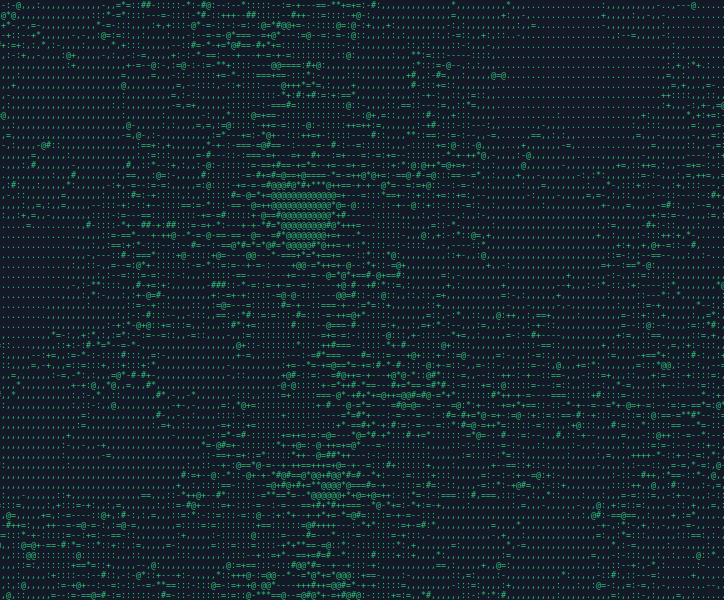
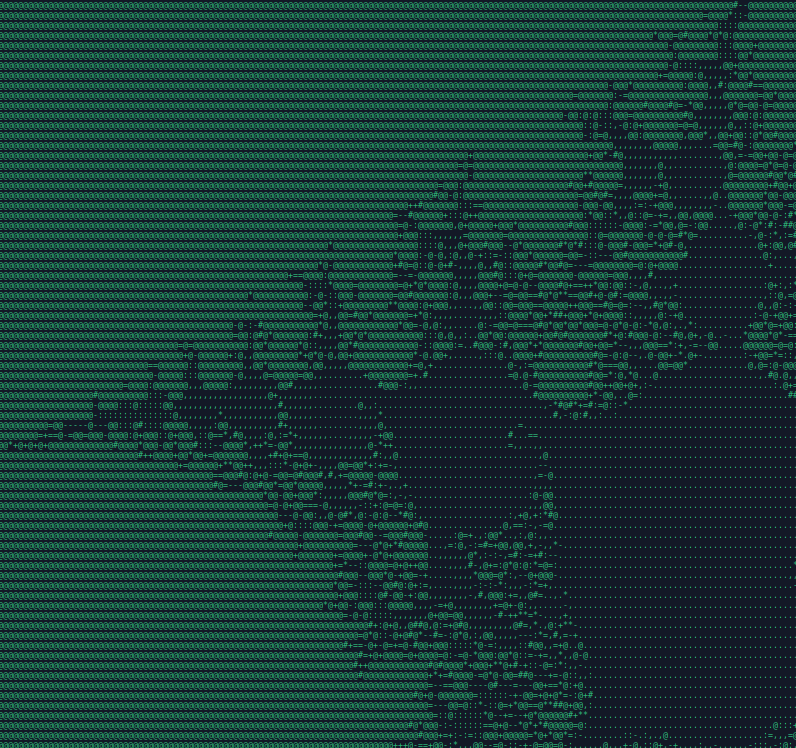
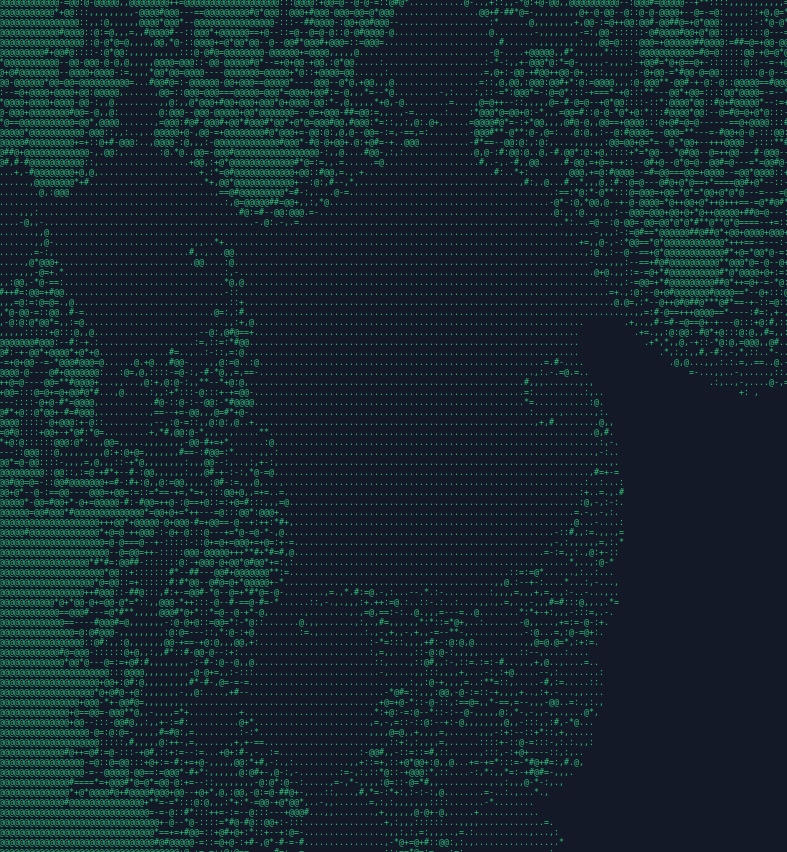
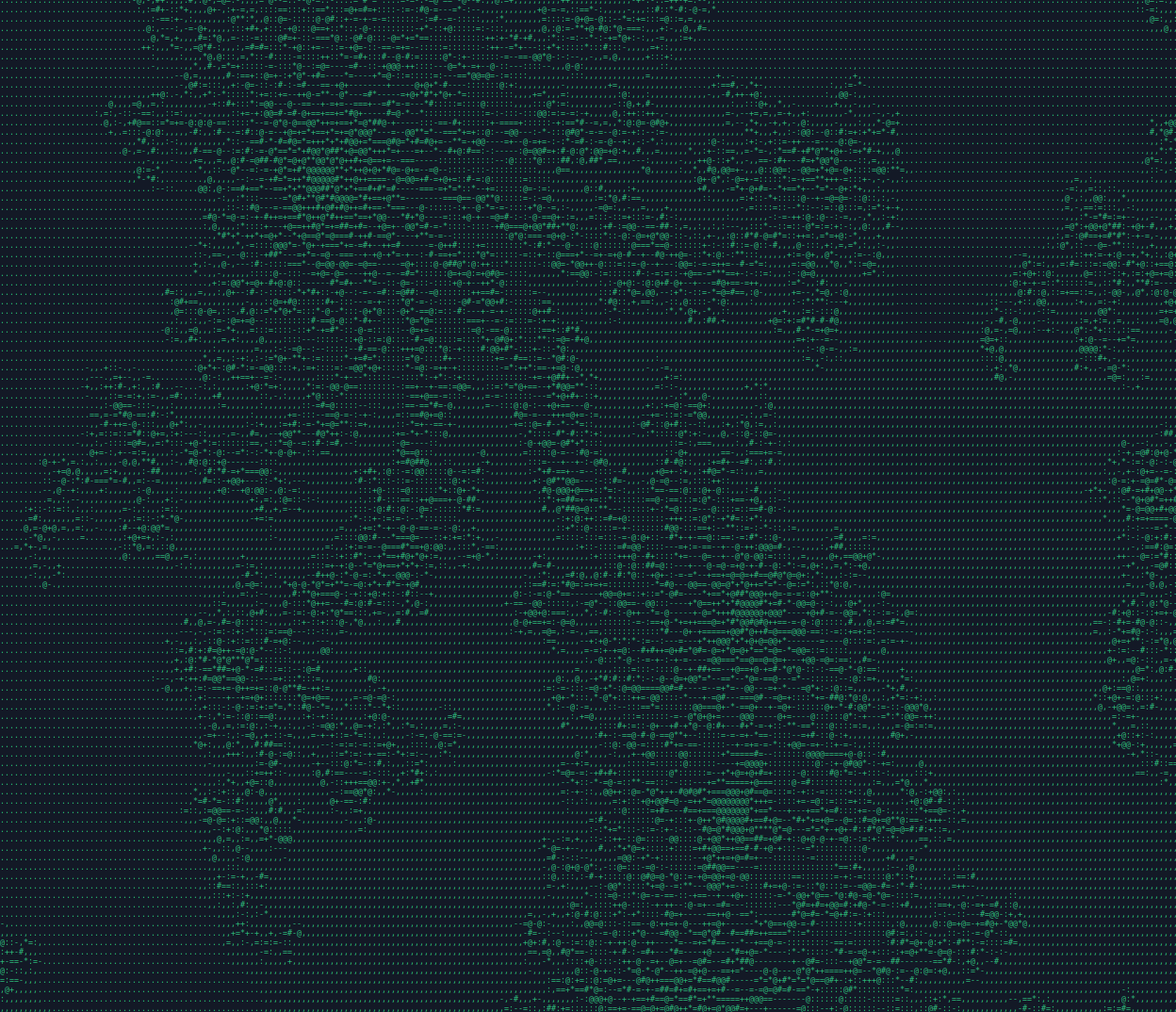
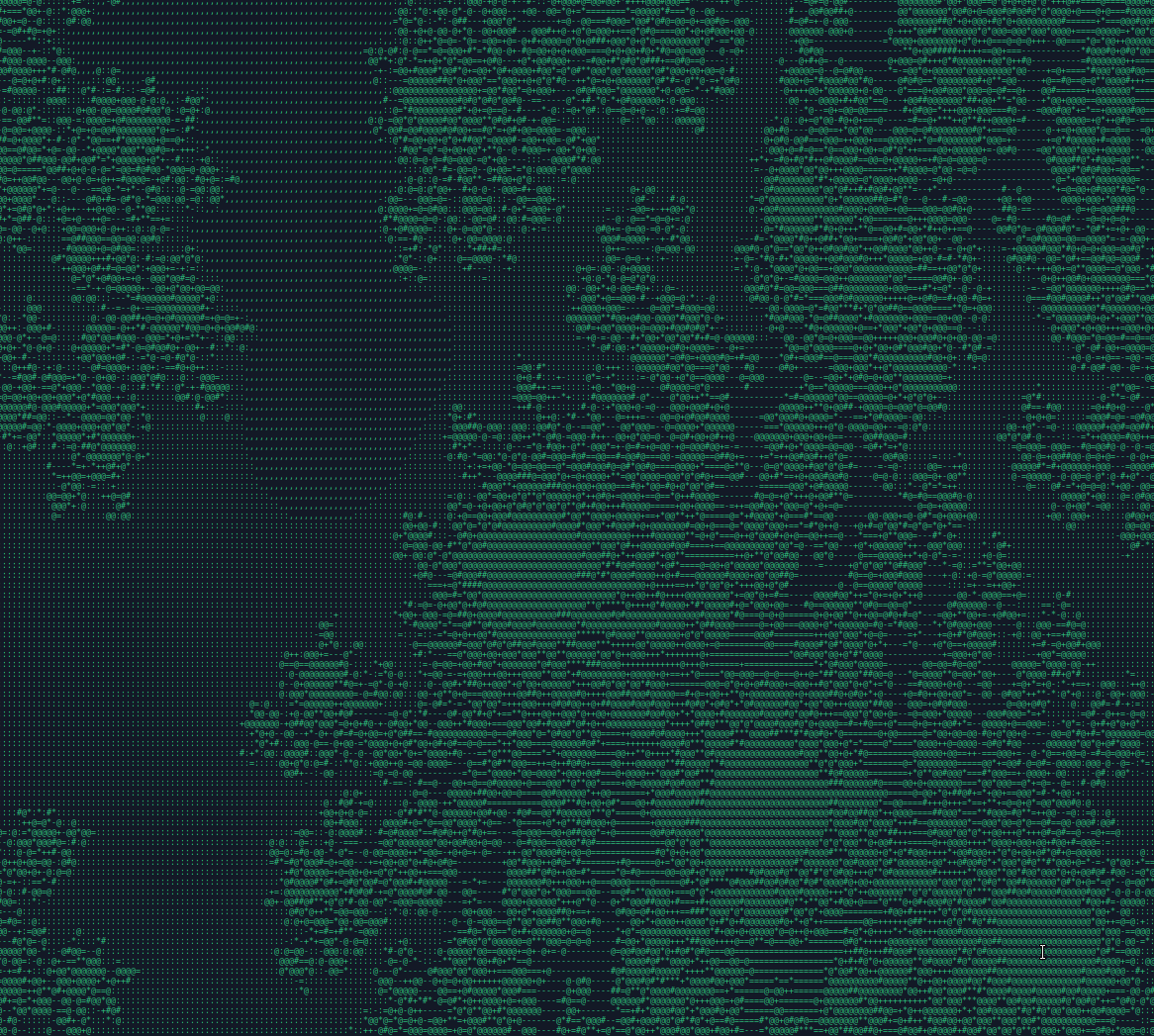
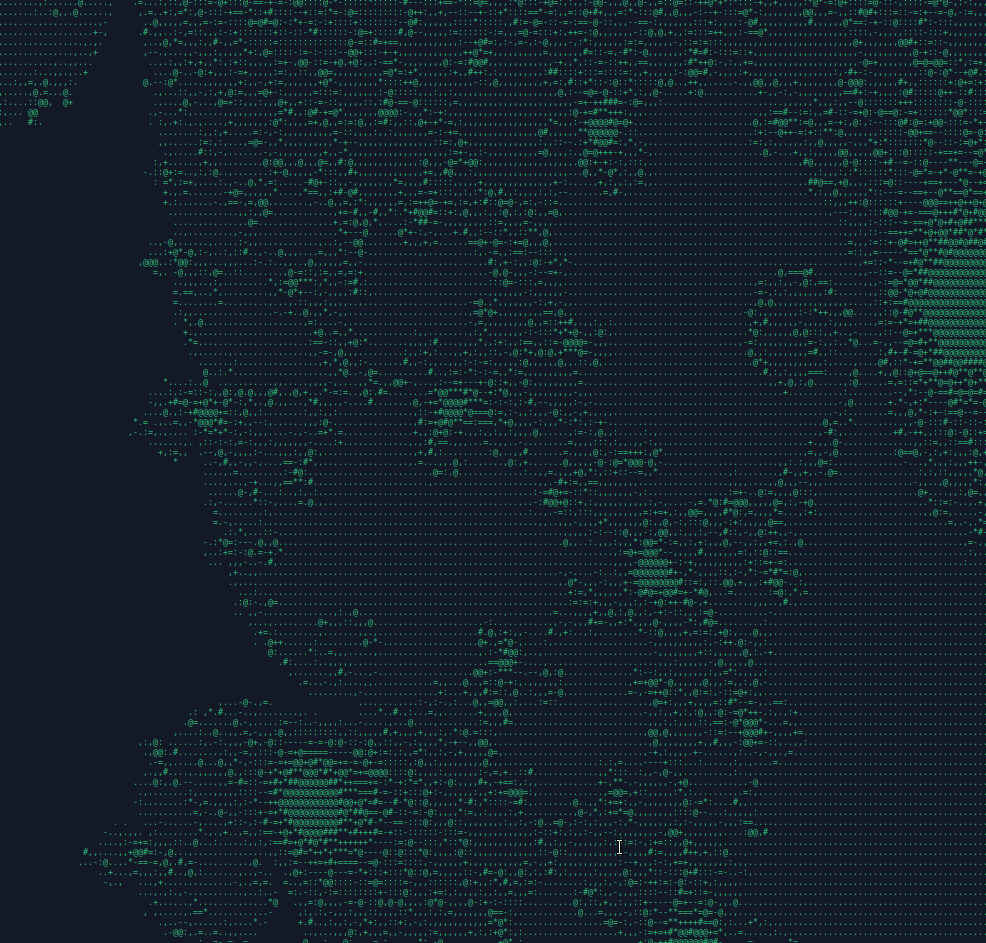
This is a good AI Python explorer if you don't know Python programming.
Share a possible next step or further refine the solution!